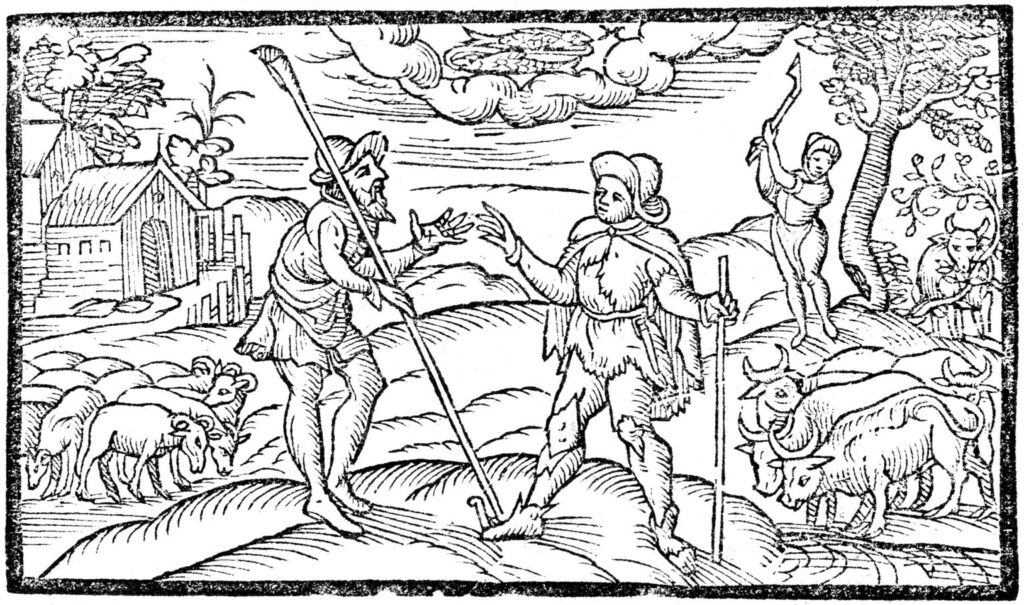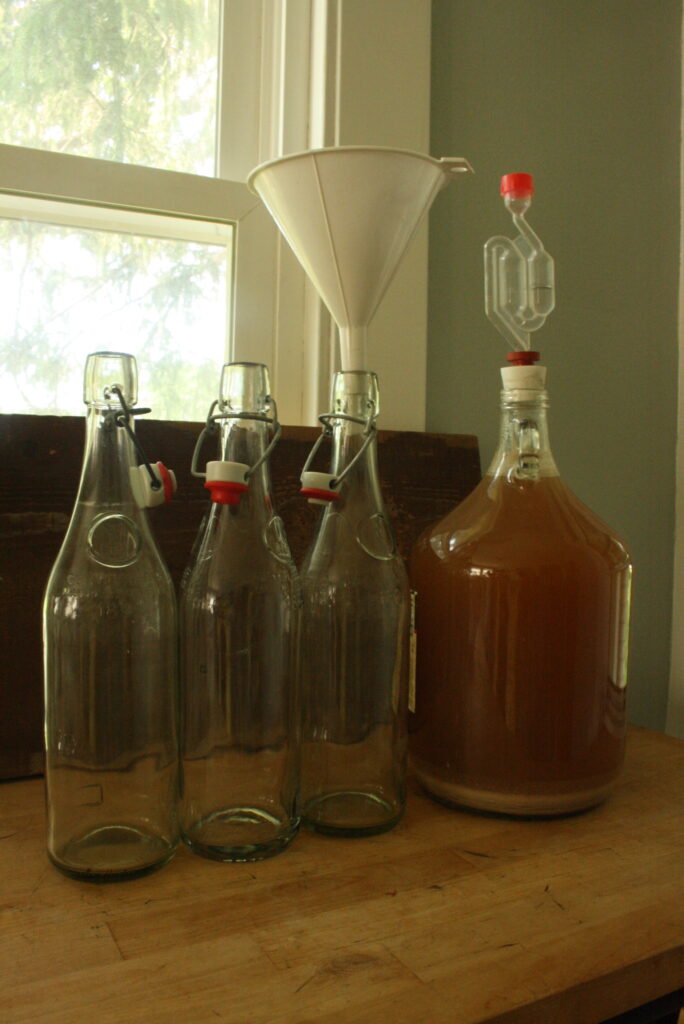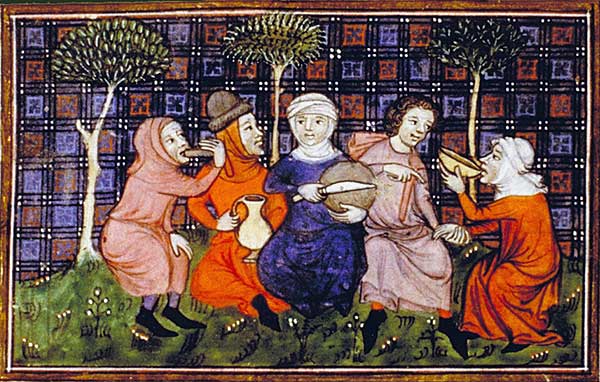The “Ember Days” have nothing to do with “embers” but everything to do with the ancient Christian Church and its relationship with the seasons and the land.

What are the Ember Days?
If you have read the Old Farmers Almanac you may have come across this term before. What are they? The name actually comes from the Latin quatuor tempora, which means “four times”, meaning it occurs four times out of the year corresponding with four seasons. These were sets of three days of prayer, abstinence, and fasting. They occurred on the Wednesday, Friday and Saturday of the weeks following Ash Wednesday (beginning of Lent), Pentecost (or Whitsun in Old English or Pfingsten in German, which occurs 50 days after Easter), the Feast of the Holy Cross (also known as Roodmas on 14 September), and the Feast of St Lucy (13 December). The Ember days were tied to the passage of the seasons. Therefore, they took on an agricultural theme. Good weather and a good harvest meant everything for the well-being and survival of the community. Therefore, the prayers and petitions for these days took on this note. The Church blended the needs of the body with the needs of the soul. As Pope St. Leo the Great put it:
“God, the true and supreme husbandman, is the author not only of material but also of spiritual fruits. he cultivates the seeds of both, the plants of both, each in its own way. To the seedling of the fields He gives growth, to the souls of men an increase of virtue.” (Sermo 20.2; PL54:189, taken from the Catholic Encyclopedia)
A Short Intro to Fasting
Fasting has a wide range in definition and practice. Of course, primarily it means refraining from food. Especially in a religious context, it can mean more than this. It can also mean refraining from certain types of food–such as meat or sweets. Fasting can also entail abstinence from certain habits. These are all meant to make your body and soul go through a reset or “detox”: getting rid of all the extra unnecessary baggage that one accrues over time.
Fasting can be for a day. Or it can be for a season–like the forty days of Lent. The season of Advent leading up to Christmas is also supposed to be a time of fasting. Likewise, the Ember days are three short days in each of the four seasons.
Rediscovering the Practice of Fasting
In my household, we started a few years back to observe the Ember days in small ways. Myself, I never grew up with fasting as a part of life. But after I entered into the Catholic Church, the practice steadily became more integral in my life. I won’t get too deep into the subject at this time. However, I put forward these brief thoughts in relation to the Peasant Ways for Modern Days theme:
- I am convinced that the human body was made for fasting. It is only recently that modern medical thought and health trends have rediscovered the benefits of what the ancients knew all along.
- Planned fast days that are set throughout the year accustoms your body to the practice.
- In traditional, agrarian cultures times of plenty and times of leanness are the natural occurrence. The Church simply brought a religious aspect and deeper purpose to the hardships of this rhythm of life.
- A revival in the practice of fasting gives you a healthier respect for your ancestors. It also gives you a healthier respect for farmers who still rely on good weather and good harvest.
- The practice of periodically denying yourself three square meals and meat teaches you that your body is tougher than your delicate 21st century self thought!
- Contrary to further 21st century habits, snacking is not necessary to survival
- Seasons of fasting are best balanced with seasons of feasting!
Start Integrating the Ember Days into your Life
Over the years since I have learned a few helpful rules:
- Prior to the beginning of the Ember days, decide what exactly you are going to abstain from and what you are going to allow yourself.
- Don’t get too overzealous at first in what you think you are going to give up for your fast. It’s best to start with giving up small and simple things–and do it well.
- Fasting from something means you are creating a void in your normal life. You need something to fill that void. For example, if you are cutting out a favorite food or beverage, opt for a simpler, but special alternative. Myself, I brew a special batch of small beer to consume instead of a meal. Come up with your own unique menu that is reserved for these times.

Regardless of what you believe and do…
These are the opinions of a layman; and only have to do with the physical aspect of fasting. Again, we realise, that perhaps you may not hold the same Roman Catholic beliefs. However, at least take this one consideration from practices such as the Ember days: For our ancestors, the physical and the religious worlds were inextricably intertwined. Through this worldview, all aspects of daily life receive deeper meaning–from the mundane, to the difficult and the joyful. ~ Nathanael



Leave a Reply